
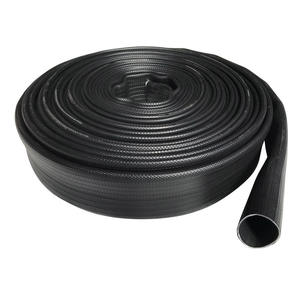
Supply 4 Inch Color Anti-Abrasion Flexible Soft Nitrile Rubber Hose Double-sided NBR Layflat Water Hose

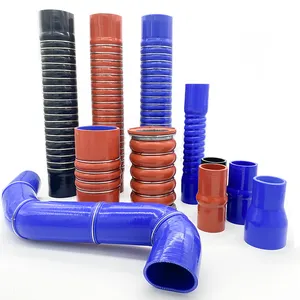
High Temperature Flexible Turbo Hose Pipe Intercooler Truck Steel Wire Reinforced Silicone Rubber Hose








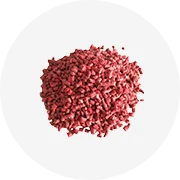
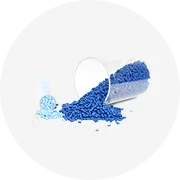

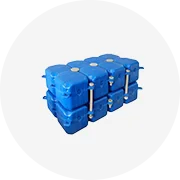
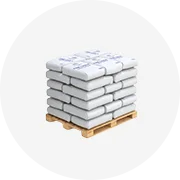

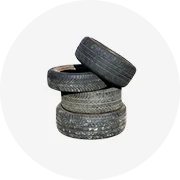
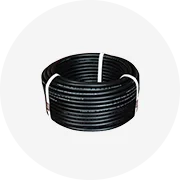

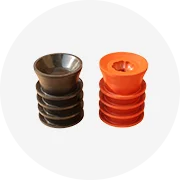
Neoprene hoses, a vital component in various industrial and residential applications, offer flexibility and durability. As a synthetic rubber, neoprene is known for its resilience and adaptability, making neoprene hose a preferred choice for many users. This introduction delves into the properties and uses of neoprene hose, ensuring an informed selection for those in need of this versatile product.
The neoprene tubing category encompasses a range of options, each tailored to specific applications. From neoprene air duct hose used in HVAC systems to neoprene gas hose designed for chemical transfer, the variety is extensive. In residential settings, a neoprene hose pipe is often employed for tasks such as watering gardens or washing vehicles, thanks to its flexibility and ease of use. Industrial applications might include transferring fluids or air, where the material's resistance to temperature fluctuations and physical wear is crucial.
Neoprene hoses are crafted from a synthetic rubber that offers excellent chemical stability and maintains flexibility over a wide temperature range. The material's composition includes neoprene rubber tubing and sometimes a neoprene tube sleeve for added protection. These hoses can resist weathering, ozone, and UV exposure, making them suitable for outdoor use. The inherent qualities of neoprene also allow for the absorption of shocks and vibrations, enhancing the longevity of the hose in dynamic environments.
The advantages of using a neoprene rubber hose are numerous. Its resilience against cuts and abrasions means a longer service life and reduced maintenance. The flexibility of flexible neoprene tubing allows for easy installation without the need for specialized tools or bending techniques. Additionally, neoprene hoses are known to reduce pressure surges, providing a stable and reliable flow of materials, whether that be air or liquids.
Selecting the correct neoprene hose involves considering the application's specific requirements, such as diameter, length, and the type of materials being conveyed. For instance, clear neoprene tubing may be preferred for applications where visual monitoring of the flow is necessary, while black neoprene rubber tubing is often chosen for its UV resistance. It's essential to assess the operational environment, including temperature ranges and potential exposure to chemicals or oils, to ensure the hose's compatibility and performance.
While neoprene hoses are low maintenance, regular inspections are recommended to ensure optimal performance. Checking for signs of wear, such as cracks or brittleness, can prevent downtime and extend the life of the neoprene hose sleeve and tubing. Proper storage away from direct sunlight and extreme temperatures can also preserve the integrity of the hose.